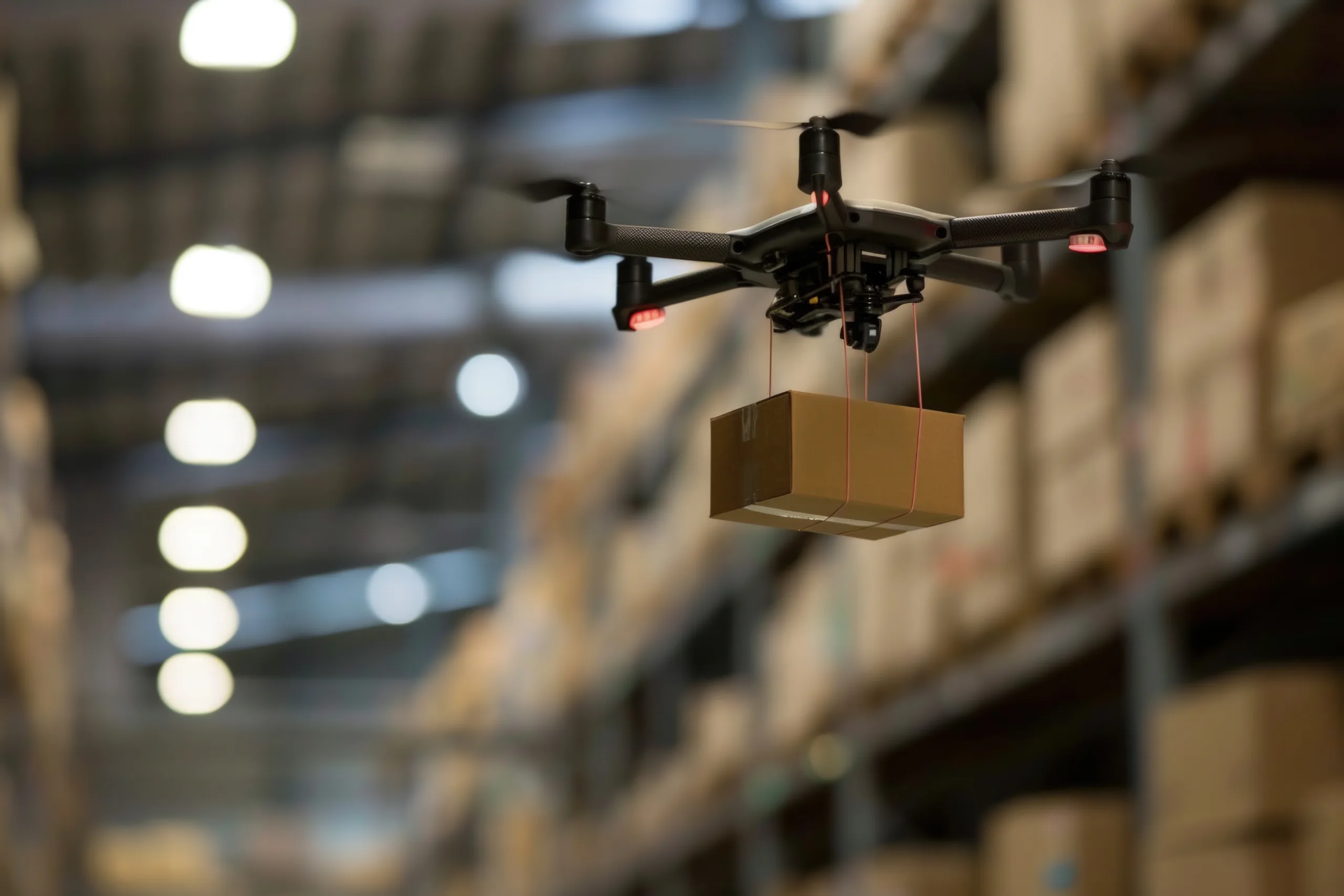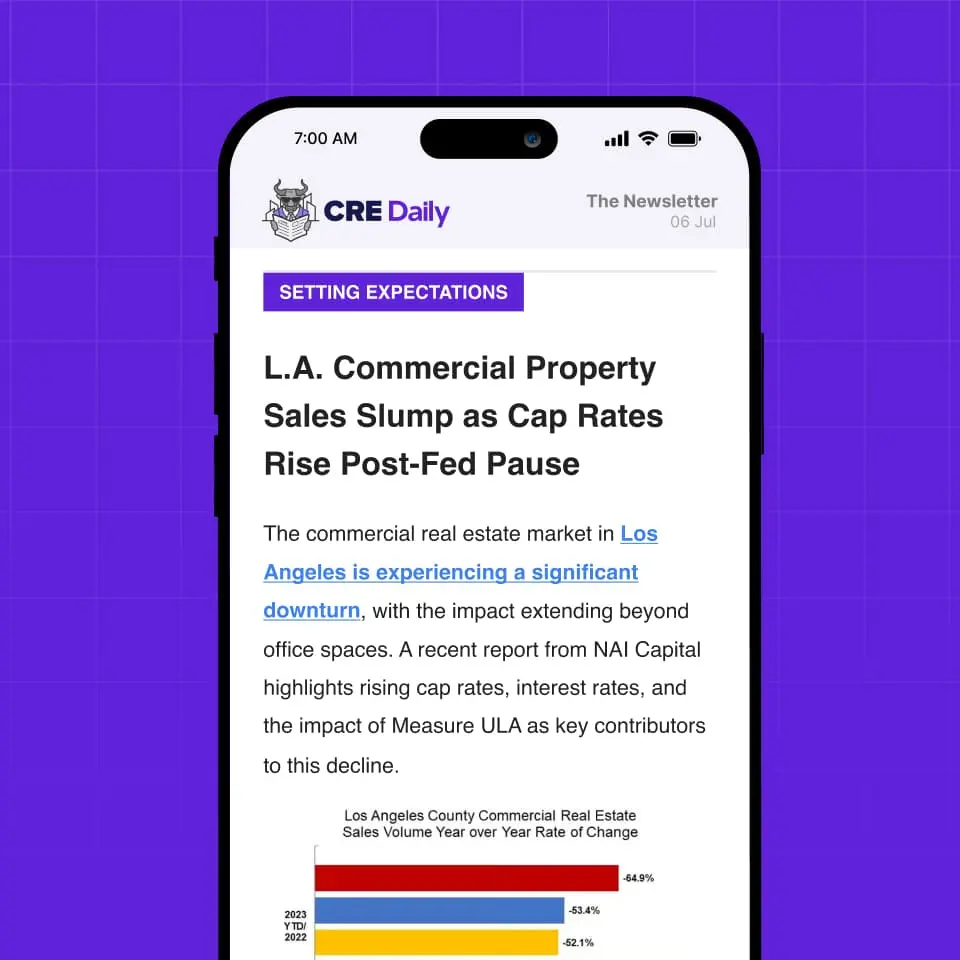- The FAA is considering removing the line-of-sight requirement for drone operators, potentially enabling long-range commercial drone deliveries.
- Retail giants like Walmart and Amazon are expanding drone operations, with Walmart aiming for 100 drone-equipped stores by next summer.
- While drones offer speed, environmental benefits, and greater access, challenges remain, including cost, noise, and privacy concerns.
FAA Clears The Path
After years of limited progress, the Federal Aviation Administration is now considering a pivotal rule change. The proposal would remove the “line-of-sight” requirement for commercial drone flights, as reported by GlobeSt. If finalized, the change could enable drones to cover longer distances and deliver goods to millions more US households, according to an Associated Press report.
Retailers Ready To Scale
Retailers are eager. Walmart has partnered with Alphabet’s drone subsidiary, Wing, for deliveries from 18 stores in the Dallas metro. It plans to scale to 100 stores across Atlanta, Charlotte, Houston, Orlando, and Tampa by mid-2026. The most popular items delivered so far? Ice cream, eggs, and Reese’s Peanut Butter Cups.
Amazon, meanwhile, launched Prime Air in Texas in 2022 and received FAA approval to fly drones beyond the operator’s line of sight last year. The service has since expanded to Phoenix suburbs and is heading to Dallas, San Antonio, and Kansas City.
Get Smarter about what matters in CRE
Stay ahead of trends in commercial real estate with CRE Daily – the free newsletter delivering everything you need to start your day in just 5-minutes
The Tech Specs
Wing drones can carry packages up to 2.5 pounds and operate over a 12-mile round-trip range, with one pilot overseeing up to 32 drones. Zipline’s drones stretch even further—up to 120 miles round-trip with a 4-pound payload. Amazon’s drones are built for heavier packages, although specific limits haven’t been disclosed.
The Pros And Cons
Upsides:
- Faster delivery for items like medication and food
- Lower emissions compared to traditional vehicles
- Increased access to goods in rural or underserved areas
Downsides:
- High operating costs—currently $13.50 per drone delivery vs. $2 by car
- Privacy concerns over camera-equipped drones
- Noise complaints from residents
Why It Matters
Drone delivery isn’t just a novelty. Retailers are reporting increased order volume where drone delivery is an option, and experts suggest drones will complement—not replace—traditional delivery vehicles. That’s because many high-demand products still exceed current drone weight limits.
If the FAA finalizes its proposed rule, the US drone delivery market could be poised for rapid growth, with broader implications for e-commerce, healthcare, and sustainability.
What’s Next
Expect increased lobbying from retailers and tech companies as the FAA reviews public feedback. If approved, the rule change could take effect in 2026, potentially marking a turning point in the race for fast, scalable last-mile delivery solutions.

















